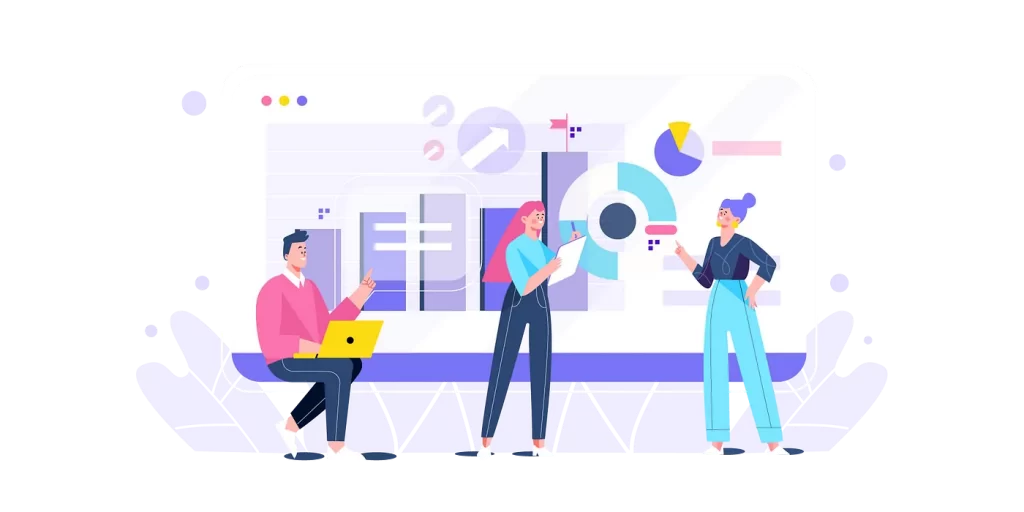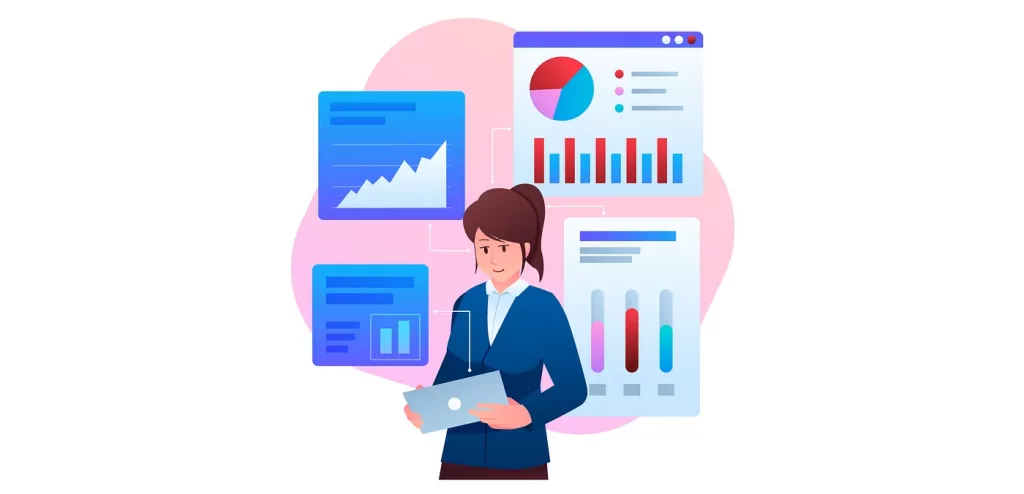By Nethma Sandamini

What is Power BI?
“Power BI” is a very commonly used term among business analysts, business intelligence analysts, and data analysts in the technology industry. In short, Power BI is a business analytics service provided by Microsoft that allows users to visualize data and share insights. It connects to various data sources, such as Excel spreadsheets, databases, and cloud services, to enable users to create interactive reports and dashboards with charts, maps, and other visualizations. Power BI simplifies data exploration and analysis, making it easier for people to gain valuable insights from their data to make informed decisions.
Among all the tools like Tableau, Domo, Yellowfin, and QlikSense; Power BI stands out because of their Microsoft’s ecosystem, robust data modeling capabilities, user-friendly interface and their comprehensive and cost-effective data analysis and visualization platforms.
Why Power BI for Business Analysts?
Its exceptional features have made it the tool of choice for business analysts across the tech industry for data analysis. Power BI’s versatility, scalability, and frequent updates ensure that it remains at the forefront of data-driven decision-making, empowering business analysts to extract valuable insights from complex data sets with ease; specially on decision making with requirements. Additionally, Power BI’s collaboration features allowing business analysts to share their findings with stakeholders specially on requirement elicitation sessions, fostering better communication while aligning with their requirements and the quantitative factors.
How to use Power BI as a Business Analyst?

- Consolidate data using Power BI on different sources such as databases, cloud services and excel files into a single view for data integrations.
- Modeling data using Power BI to understand and to analyze the relationships between different datasets; to get the dataflows.
- Using Power BI for data transformations to get more accurate data using Power Query Editor.
- Using interactive reports and dashboards with Power BI to present complex data in an easily understandable format.
- Usage of Ad-hoc analysis for spontaneous business questions with the Power BIs’ natural language query capabilities.
- Share reports and dashboards with relevant stakeholders, enabling them to access up-to-date information and insights in a self-service manner to enhance the stakeholder collaborations.
- Set up automated data refreshes and scheduled report distributions, ensuring timely access to the latest data and insights.
- Leverage Power BI’s integration capabilities with other Microsoft tools like Excel, SQL Server, and Azure, creating a seamless ecosystem for data-driven decision-making.
By leveraging Power BI’s powerful features, technical business analysts can efficiently analyze large volumes of data, uncover valuable insights, and effective communication on the findings to drive informed decision-making within the stakeholders.
How to get on using Power BI?
To start using Power BI as a business analyst, the first step is to familiarize yourself with the tool and its features. Microsoft offers free online training resources, including tutorials, documentation, and guided learning paths specifically designed for business analysts.
Additionally, you can enroll in instructor-led courses or obtain certifications to deepen your understanding of Power BI’s capabilities. Once you’ve gained the necessary knowledge, begin by experimenting with data modeling, visualization, and report creation.
Collaborate with other business analysts or join online communities to share best practices, learn advanced techniques, and stay updated with the latest Power BI developments. With hands-on practice and continuous learning, you’ll be able to leverage Power BI’s powerful features effectively, enabling you to derive meaningful insights from data and make well-informed business decisions.
Here are some courses to follow to become a successful Business Analyst using Power BI

- Microsoft Power BI Desktop for Business Intelligence (Offered by Microsoft on edX)
- Power BI for Business Analysts (Coursera, by University of California, Irvine)
- Introduction to Data Analysis Using Power BI (Udemy)
- Power BI Desktop for Business Intelligence (Pluralsight)
- Power BI: A Complete Introduction (DataCamp)
- Power BI Essential Training (LinkedIn Learning)
- Power BI for Business Analysts (Skillshare)
- Power BI Masterclass for Business Analysts (Udemy)
- Power BI for Business Analysis (Coursera, by University of Colorado Boulder)
- Power BI Desktop for Business Intelligence (Microsoft Virtual Academy)




